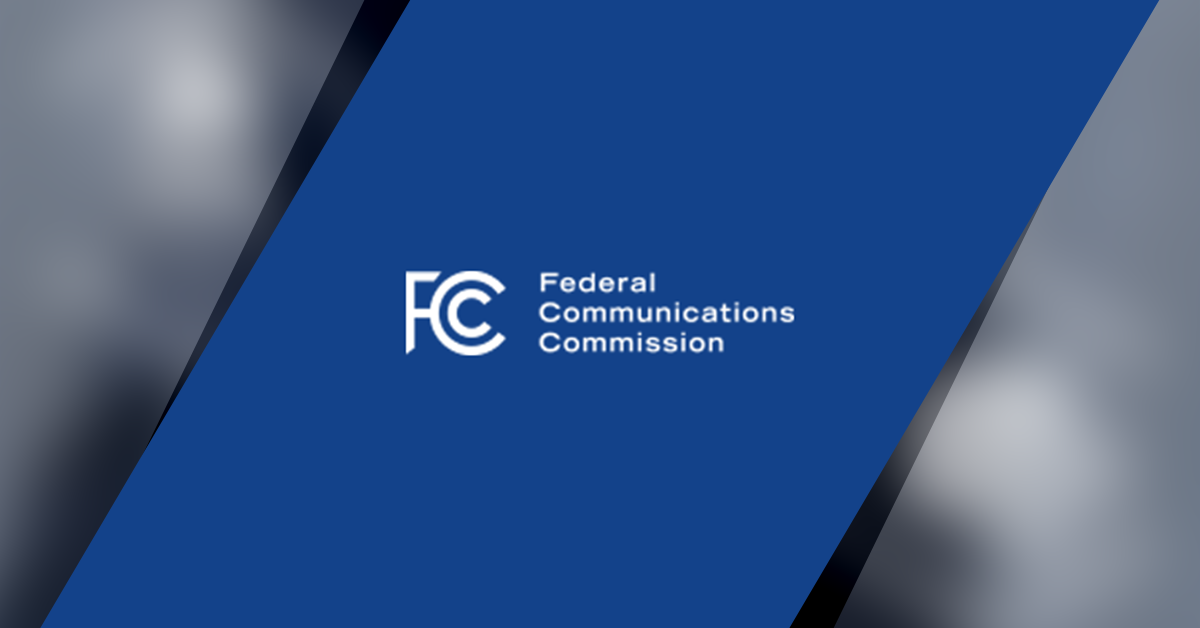The Federal Communications Commission is intensifying efforts to pursue spectrum abundance in line with efforts to boost satellite broadband capabilities and solidify U.S. leadership in space.
The FCC said Thursday that the initiative, part of the FCC’s Final Frontiers agenda, intends to unleash over 20,000 megahertz of spectrum for high-speed internet delivered from space, exceeding the total of all existing broadband spectrum.
Expanding Connectivity with Underused Spectrum Bands
The commission voted to issue a notice of proposed rulemaking, which aims to solicit comments on expanding satellite connectivity across four spectrum bands to unlock more than 20,000 megahertz. The underutilized spectrum bands include 12.7 to 13.25 GHz, 42.0 to 42.5 GHz, 51.4 to 52.4 GHz, and the “W-band” at 92.0 to 94.0 GHz, 94.1 to 100 GHz, 102.0 to 109.5 GHz, and 111.8 to 114.25 GHz. These bands are situated in “spectrum neighborhoods” for satellite broadband, making them ideal for modernization.
Outdated regulations have long restricted satellite operations in the 12.7 GHz band, while the 42 GHz band is a rare band that remains unoccupied. Once considered for terrestrial applications, these two bands lie next to satellite frequencies in the Ku- and V- bands. The 52 GHz band has no licensed commercial users, though calls to open it for domestic use, following international decisions at WRC-19, have intensified.
The W-band offers prospects for gigabit capacity across a massive, largely unused spectrum previously considered outside the practical realm of physics. Through the notice seeking feedback on the W-band, the FCC continues efforts to explore the full potential of high-band spectrum and ensure U.S.-licensed operators gain a “first-mover advantage.”





